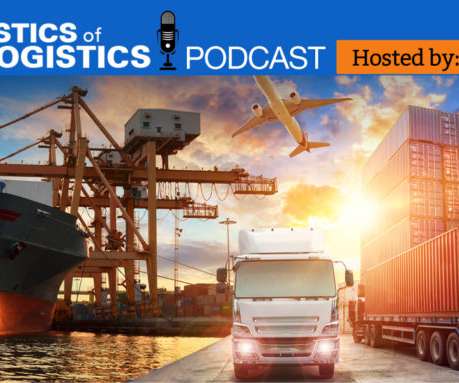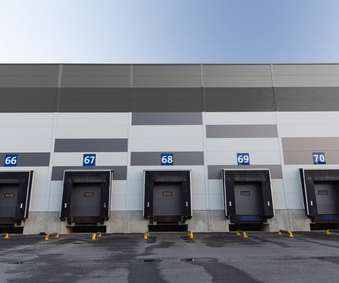Predict and Prevent Freight Damage with Ilya Preston
The Logistics of Logistics
FEBRUARY 12, 2021
PAXAFE predicts adverse events through the supply chain to de-risk B2B shipments and enable intelligent cargo insurance. PAXAFE’s platform decreases cargo loss while improving operational efficiencies. Ilya earned a Bachelor of Science in International Business from the University of Indianapolis. About PAXAFE.
















Let's personalize your content